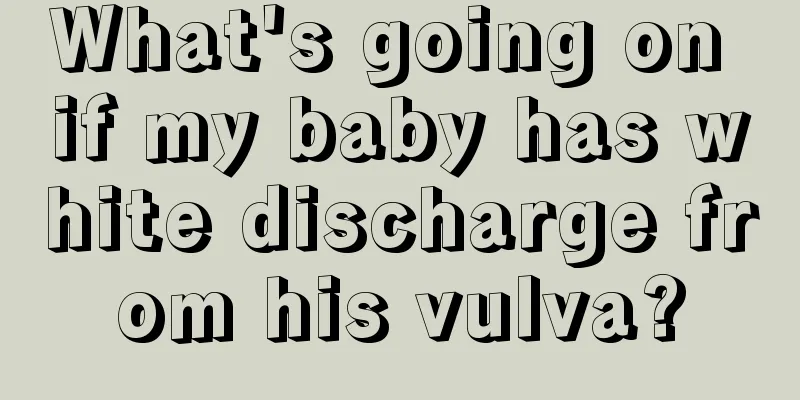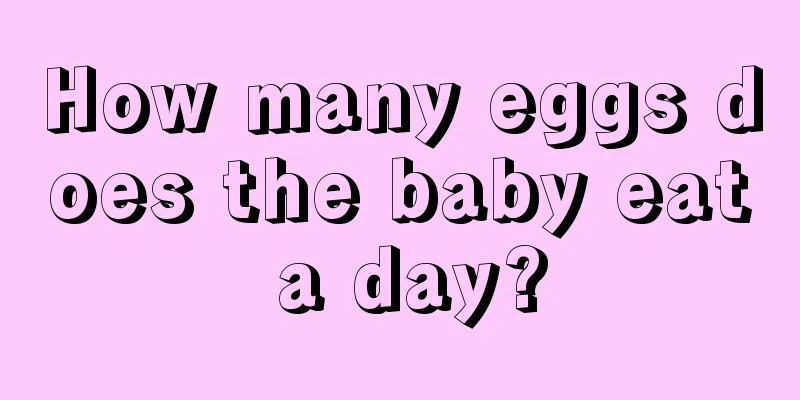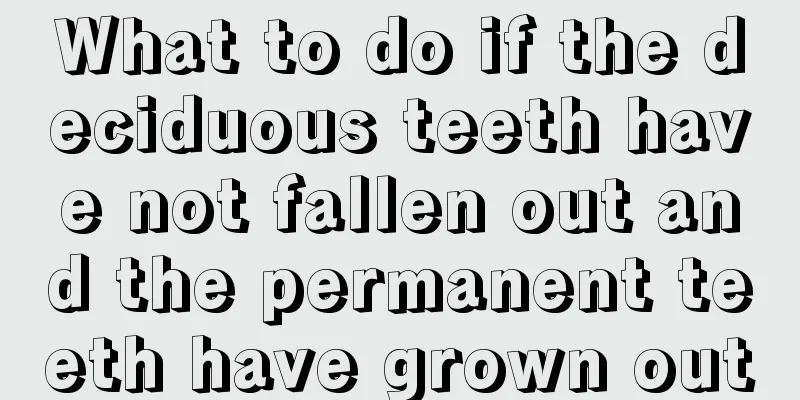If your baby hits his head, parents should be aware of these symptoms

|
It is inevitable for babies to stumble and fall in life, and it is something that children must come into contact with during their growth process. However, if a baby accidentally hits his head, mothers will be worried and anxious about whether there will be any sequelae. In fact, after the baby hits his head, if there are no other symptoms, he can speak and communicate normally, and just cries for a short time, there is no need to worry. However, if the baby has no response, is very silent, and is often drowsy, you must be especially careful. Situations where you can observe at home first : ● After being hit, if he is in a good state of consciousness, he will react when you call him and can answer you clearly when you talk to him. ●The bleeding is not too much and can be stopped. There is bleeding, but it is not too much and can be stopped by home disinfection, gauze pressure, etc. ● Crying, but the crying does not last long. After being hurt, the baby will inevitably cry, but the crying will not last long and will gradually calm down on its own. Conditions that require immediate medical attention : ● Confused consciousness, dazed look, coma or semi-coma, no response when called, speech suddenly becomes incoherent, and drowsiness. ●Excessive bleeding that cannot be stopped. Excessive bleeding that cannot be stopped immediately. ● Crying and unable to be comforted. The patient cries and makes noises non-stop, is extremely irritable, and cannot be comforted for a long time. ● Bone abnormality: Depression of bone at the site of impact. Emergency measures after being hit: The baby's skin is delicate and the bones are soft. After hitting the head, it is inevitable that the scalp will be damaged and lumps will appear. In order to prevent the wound from becoming more serious, what measures should be taken at home in a timely manner? ●Swellings - Ice compress can cause capillaries to contract and reduce bleeding. Local ice compresses within 24 hours of injury can effectively relieve symptoms. You can wrap ice cubes or an ice pack in a towel and apply it to the lump to reduce bleeding and relieve pain. After 24 hours, local hot compress should be applied to promote the absorption of blood stasis. ●The area of skin damage is not large - stop bleeding and disinfect. If the wound is not large, you can use a sterile cotton swab dipped in iodine to clean the wound in a circular motion from the center of the wound to the outside. The disinfection range should be more than 2 cm away from the edge of the wound; then wipe it clean with a dry cotton ball, cotton swab or gauze. It is important to note that one sterile cotton swab can only be used for wiping once, and the movements should be gentle. If it is just a minor skin breakage, you can just use a Band-Aid. ● If the damaged area is large and the bleeding is heavy - press the wound and seek medical attention immediately. If the wound is large and the bleeding is heavy, it is recommended to press or bandage the wound with clean sterilized gauze first, and then go to the hospital for treatment immediately. Emergency first aid kit for treating injuries ●Ice cubes or ice packs ●Sterile cotton swabs or cotton balls ●Sterile gauze, Band-Aid ●Povidone-iodine Even if the baby is not seriously injured at the time, he or she should be observed for 3 days. After the baby is injured, even if the condition is not serious at the time and there is no need to seek medical attention immediately, he or she should be closely observed at home for 3 days. If your child shows any of the following symptoms during this period, take your baby to the hospital for further examination. 1. Abnormal movements, such as asymmetrical crawling or walking postures; 2. Limited limb movement, such as inability to raise hands or legs, limb weakness, etc.; 3. Decreased appetite and difficulty eating; 4. The pupils on both sides are of different sizes; 5. Symptoms of systemic or local convulsions; 6. Memory loss, decreased sensitivity of taste and smell; 7. Expansion of the anterior fontanelle; 8. Bleeding from the nostrils or ears or other watery fluids. Avoiding the harm of collisions is the key. From the time the baby can move his body by himself, to turning over, learning to sit, crawl, stand, walk... bumps and bruises are inevitable. In order to avoid the harm caused by collisions to the baby, the most important thing is to focus on prevention: 1. To avoid falling, once the baby can move his body by himself, avoid leaving the baby alone on a bed, sofa or chair without guardrails. If the parents need to leave for a while, they can carry the baby to the cushioned floor. 2. Eliminate safety hazards from furniture corners. When the baby is seven or eight months old and starts to learn to crawl, cover the corners of all furniture in the home with sponge strips or anti-collision strips and anti-collision corners. |
<<: What to do if anal fissures bleed in children
>>: Baby's skin turns white after eczema
Recommend
What to do when children don't respect their parents
In today's society, the number of families wi...
How to treat constipation in young children?
It is not uncommon for young children to suffer f...
What should I do if my child has thrush?
When the weather is hot, children are prone to ge...
What Chinese medicine should children take for internal heat?
Children are often naughty and don’t drink water ...
What is the normal vision of an eight-year-old child?
If we find that an eight-year-old child has poor ...
What are the symptoms of encephalitis in a 9-year-old child?
Brain diseases are relatively serious for humans,...
Why does an 8-year-old boy urinate frequently?
If an eight-year-old boy has frequent urination, ...
What to do if your baby kicks his legs while sleeping
It's okay for babies to kick their legs when ...
Seven common questions about children's sex education
In modern life, the most headache-inducing thing ...
Two-year-old baby suddenly cried in the middle of the night
It is a very common phenomenon for babies to cry ...
A complete nutritional recipe for two-year-old children
During the growth and development period of child...
Baby still hurts after dislocation reduction
Young children are naughty and active. They alway...
What are the folk remedies for children's cold and fever?
Children generally have weak constitutions, and m...
One week eight month old baby early education
With the improvement of my country's cultural...
What can children eat to treat constipation?
If the child does not eat properly during his/her...









